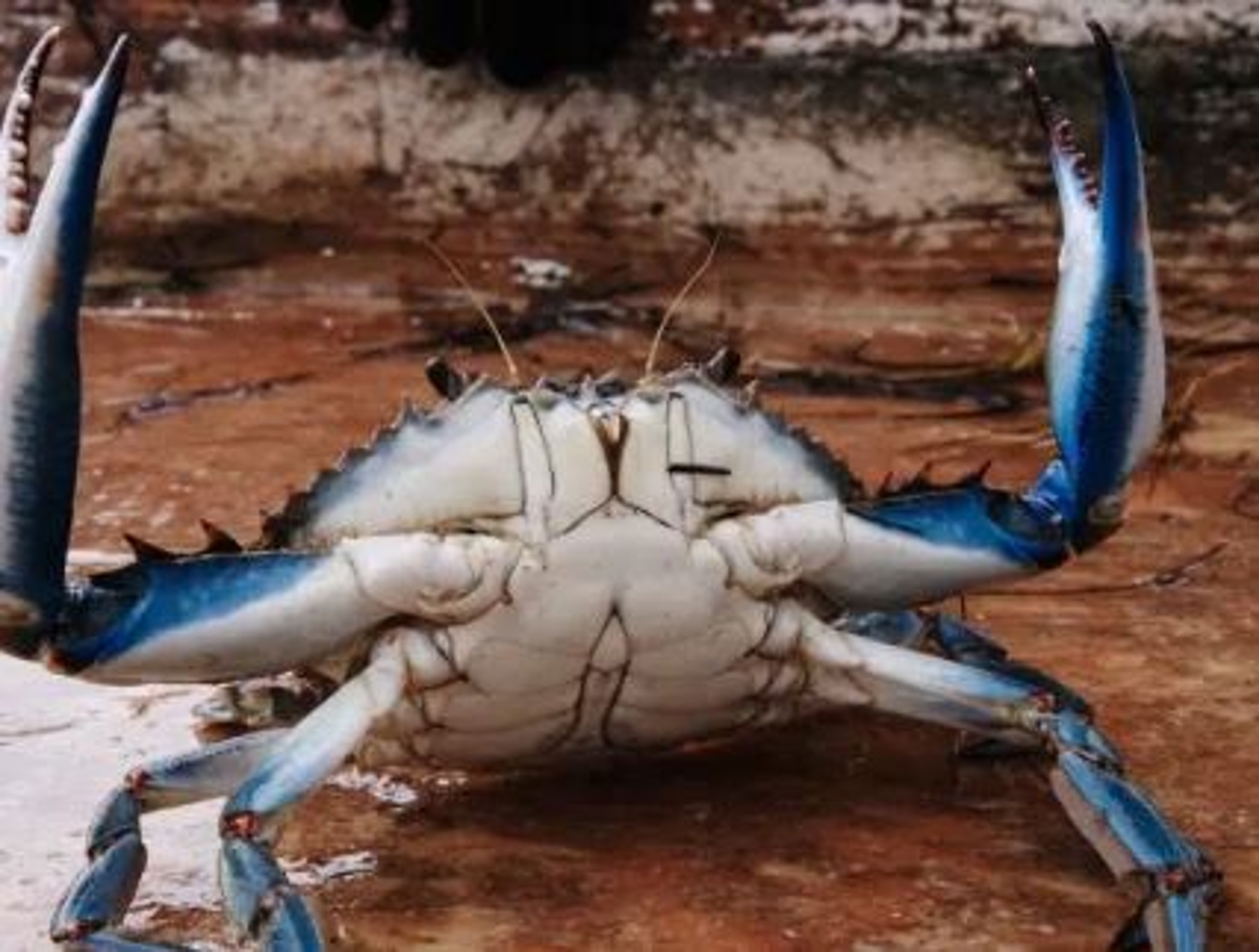Maryland Blue Crabs on Delmarva: A Local Delicacy
Maryland Blue Crab
The Maryland blue crab is a species of crab that is native to the Chesapeake Bay and its tributaries. It is one of the most popular seafood items in the region, and is often steamed, boiled, or fried.
The blue crab can be found in a variety of habitats, including shallow waters, marshes, and oyster beds. It is a relatively small crab, with a maximum carapace width of about 8 inches. The blue crab has a brilliant blue color with olive or bluish green carapace, white or yellowish tips on the claws (tips are red on females).
The blue crab is a voracious predator, and feeds on a variety of organisms, including mollusks, worms, and other crustaceans. It is also a scavenger, and will feed on dead fish and other animals.
The blue crab is an important part of the Chesapeake Bay ecosystem. It is a food source for a variety of predators, including fish, birds, and mammals. The blue crab also helps to control the population of other organisms, such as mollusks and worms.
Where to Find Maryland Blue Crabs on Delmarva
The blue crab can be found in a variety of locations on the Delmarva Peninsula. Some of the best places to find blue crabs include:
Chesapeake Bay: The Chesapeake Bay is the largest estuary in the United States, and is home to a large population of blue crabs. The crabs can be found in shallow waters, marshes, and oyster beds.
Chincoteague Bay: Chincoteague Bay is a large bay located on the eastern shore of Maryland. The bay is home to a variety of marine life, including blue crabs. The crabs can be found in shallow waters, marshes, and oyster beds.
Pocomoke Sound: Pocomoke Sound is a large sound located on the eastern shore of Maryland. The sound is home to a variety of marine life, including blue crabs. The crabs can be found in shallow waters, marshes, and oyster beds.
Assateague Island National Seashore: Assateague Island National Seashore is a barrier island located on the coast of Maryland and Virginia. The island is home to a variety of marine life, including blue crabs. The crabs can be found in shallow waters, marshes, and oyster beds.
Blackwater National Wildlife Refuge: Blackwater National Wildlife Refuge is a large wildlife refuge located on the eastern shore of Maryland. The refuge is home to a variety of marine life, including blue crabs. The crabs can be found in shallow waters, marshes, and oyster beds.
How to Catch Maryland Blue Crabs
The blue crab can be caught using a variety of methods, including:
Crabbing with a trotline: A trotline is a long line with baited hooks attached at regular intervals. The trotline is then set in the water, and the crabs are caught when they take the bait.
Crabbing with a crab pot: A crab pot is a wire cage with bait inside. The crab pot is then set in the water, and the crabs are caught when they enter the pot to get the bait.
Crabbing with a handline: A handline is a simple line with a hook attached to the end. The handline is then baited and cast into the water. The crab is caught when it takes the bait.
Tips for Catching Maryland Blue Crabs
Here are a few tips for catching Maryland blue crabs:
Use fresh bait. Blue crabs are attracted to fresh bait, such as chicken necks, fish heads, and clams.
Set your traps in the right location. Blue crabs can be found in a variety of habitats, including shallow waters, marshes, and oyster beds.
Check your traps regularly. Blue crabs can quickly devour bait, so it is important to check your traps regularly to ensure that you are catching crabs.
Be patient. Crabbing can be a slow process, so it is important to be patient and enjoy the experience.
Prior to your crabbing adventure, check for licensing state regulations:
Maryland: dnr.maryland.gov/fisheries
Delaware: dnrec.delaware.gov/fish-wildlife/licenses/
Virginia: mrc.virginia.gov/regulations/



Comments